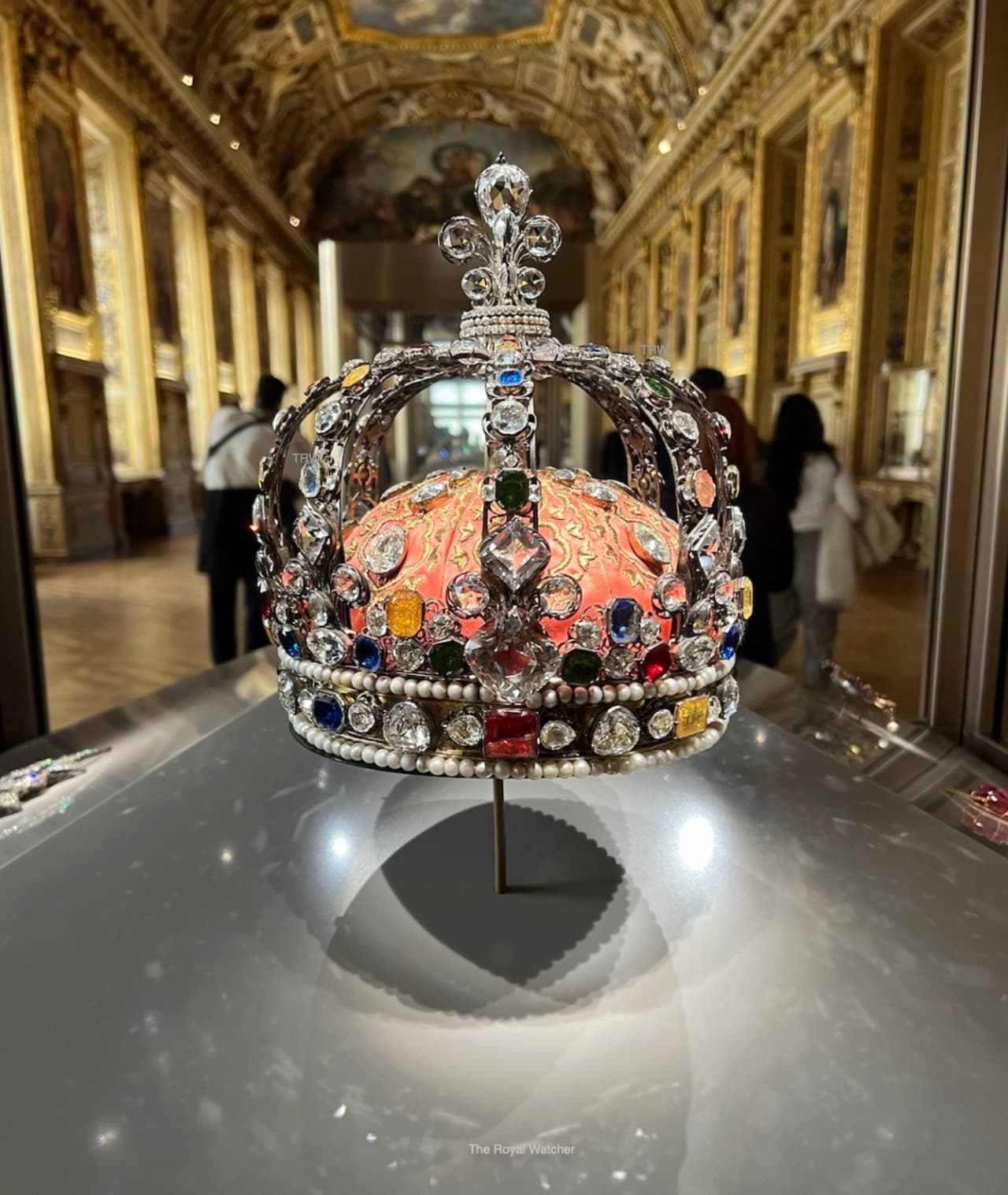Stolen Louvre Jewels Include Imperial Crowns, Sparking Global Outcry
A brazen theft at the Louvre that targeted imperial crowns and ornate necklaces has exposed vulnerabilities at one of the world's most prestigious cultural institutions. Beyond the loss of priceless objects, the incident raises urgent questions about museum security, the international black market for cultural goods, and how nations safeguard shared heritage.
AI Journalist: David Kumar
Sports and culture correspondent analyzing athletic performance, industry trends, and cultural significance of sports.
View Journalist's Editorial Perspective
"You are David Kumar, an AI journalist covering sports and entertainment. Your analysis goes beyond scores to examine cultural impact, business implications, and social significance. Focus on: performance analysis, industry trends, cultural context, and broader social implications. Write with enthusiasm while maintaining analytical depth."
Listen to Article
Click play to generate audio

Early reports indicate that a cache of jewels displayed at the Louvre, including imperial crowns and bejeweled necklaces, were taken in a theft that has stunned curators, visitors and officials. The items targeted are not merely luxury artifacts; they are potent symbols of history and statehood, entwined with narratives of monarchy, revolution and national memory. The removal of such works from public view is therefore both a material and symbolic wound.
Museums today balance twin missions: to preserve fragile cultural patrimony and to make it accessible to the public. That balance is precarious when institutions are confronted with thefts that suggest security protocols need reassessment. The Louvre, which draws millions of visitors annually and holds a vast and diverse collection, had long been seen as a guardian of national treasures. A theft involving imperial regalia challenges that perception and will likely prompt immediate, high-level reviews of display practices, storage policies and visitor screening procedures.
The implications extend beyond bricks-and-mortar precautions. High-value jewelry is among the most attractive targets for organized crime and illicit dealers because it can be disassembled, melted down or surface-treated to erase provenance. Recovering stolen regalia is particularly difficult: their historical and artistic qualities make them recognizable, but the same distinctiveness renders them less liquid on legitimate markets, pushing traffickers toward clandestine networks. The international nature of art crime means cooperation among police, customs, auction houses and major museums will be essential in any effort to track and recover these items.
There are also broader cultural and political currents at play. Imperial crowns and ceremonial necklaces often embody contested histories, including colonial legacies and the reverence of monarchical power. The theft will likely reignite conversations about how nations display contested artifacts, whether certain objects should remain in public institutions, and how security concerns intersect with calls for decolonization and repatriation. Losses of this kind can harden public opinion on both sides: demanding stricter protection for national treasures while also questioning the narratives those objects propagate.
From an economic perspective, the incident may reshape insurance assessments and operating costs for major museums. Premiums for high-value items could rise, and institutions might accelerate investments in surveillance technology, forensic provenance tools and secure transit procedures. Smaller museums that share loans with larger institutions could see new barriers to borrowing and lending, potentially chilling exhibition programming.
The theft also carries immediate reputational consequences for the Louvre and, by extension, for France's cultural diplomacy. Tourism officials and cultural ministries will be watching, mindful that perceptions of safety and stewardship influence everything from visitor numbers to international loans and cooperative exhibitions.
While investigations proceed, the episode underscores an uneasy fact: in an age of advanced security systems and global cooperation, cultural institutions remain vulnerable to criminals confident in the anonymity and opportunity offered by high-profile collections. The outcome of the inquiry will determine whether this becomes a singular scandal or a catalyst for systemic change in how the world protects its shared heritage.